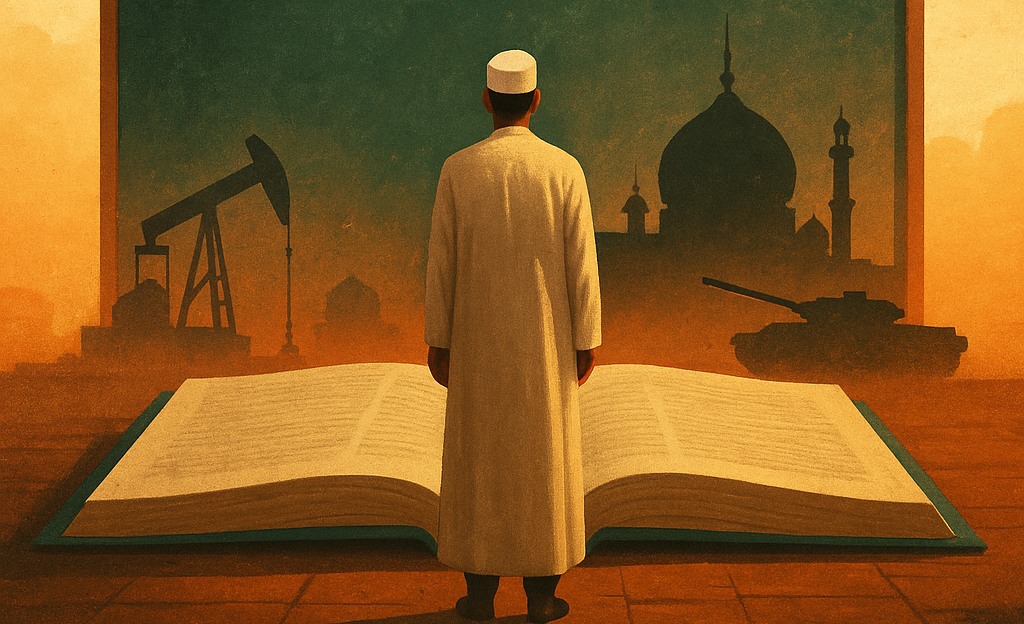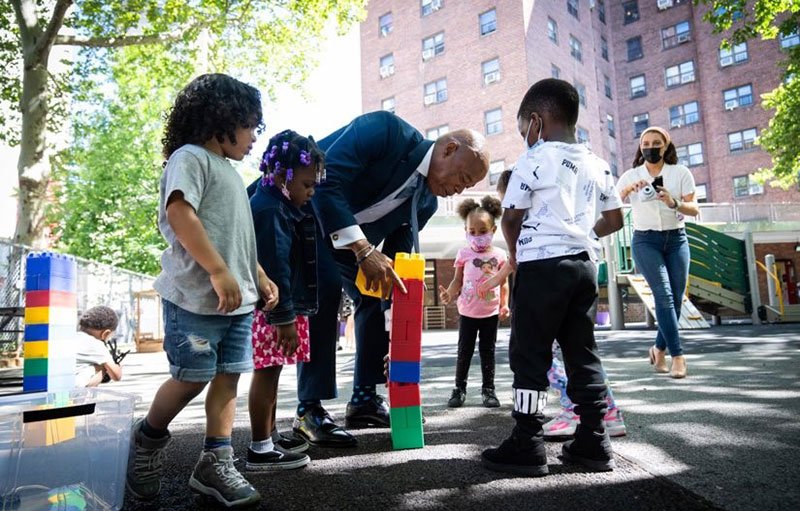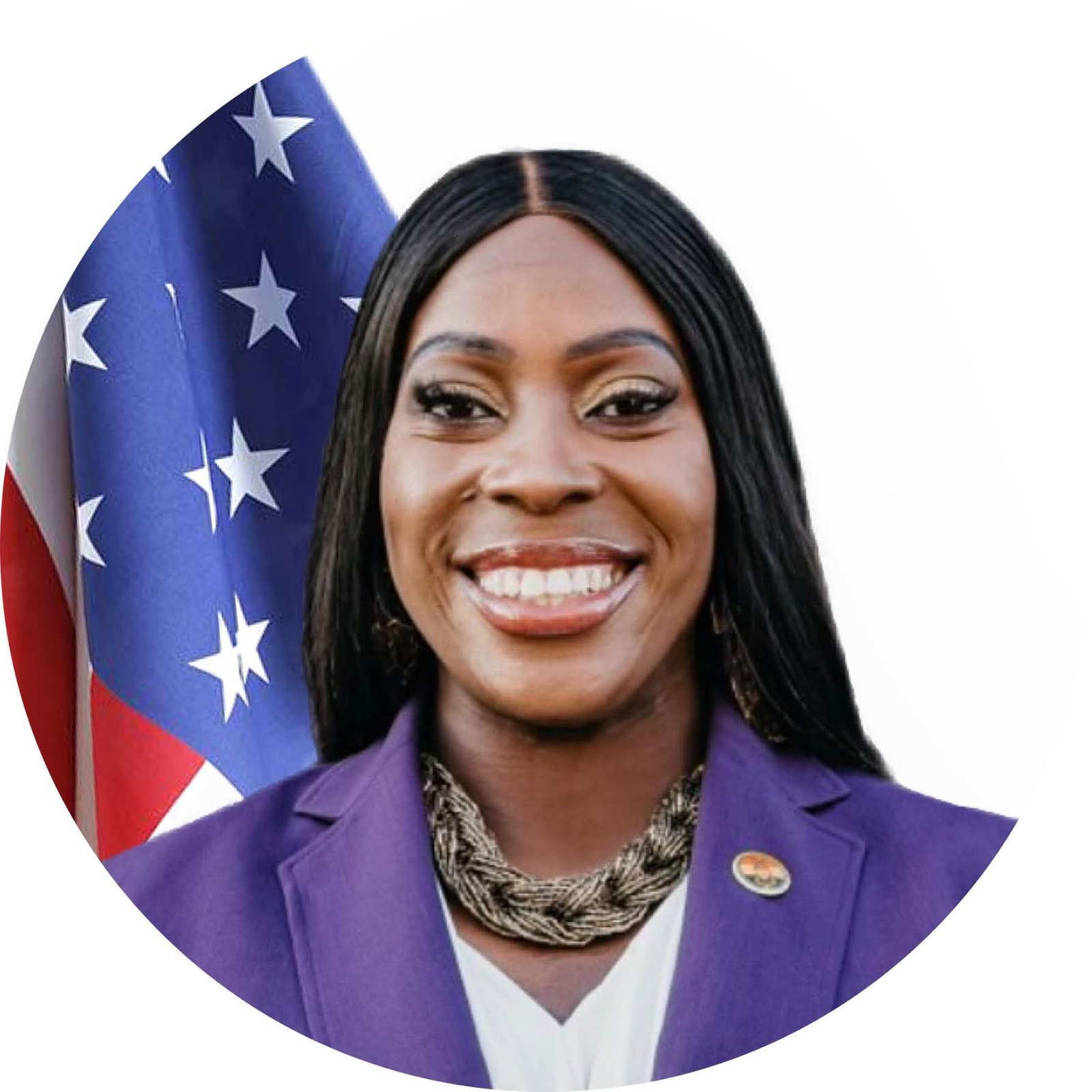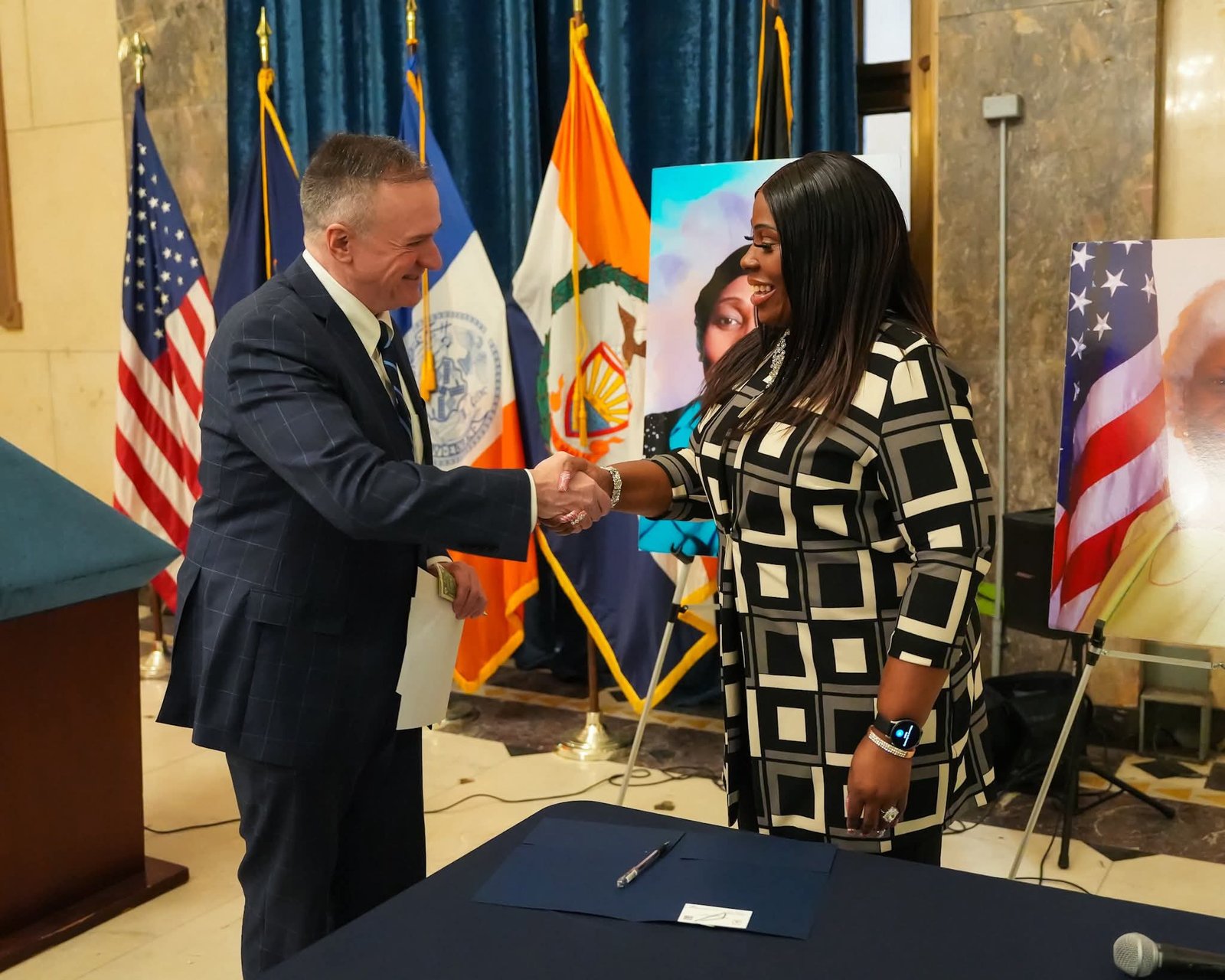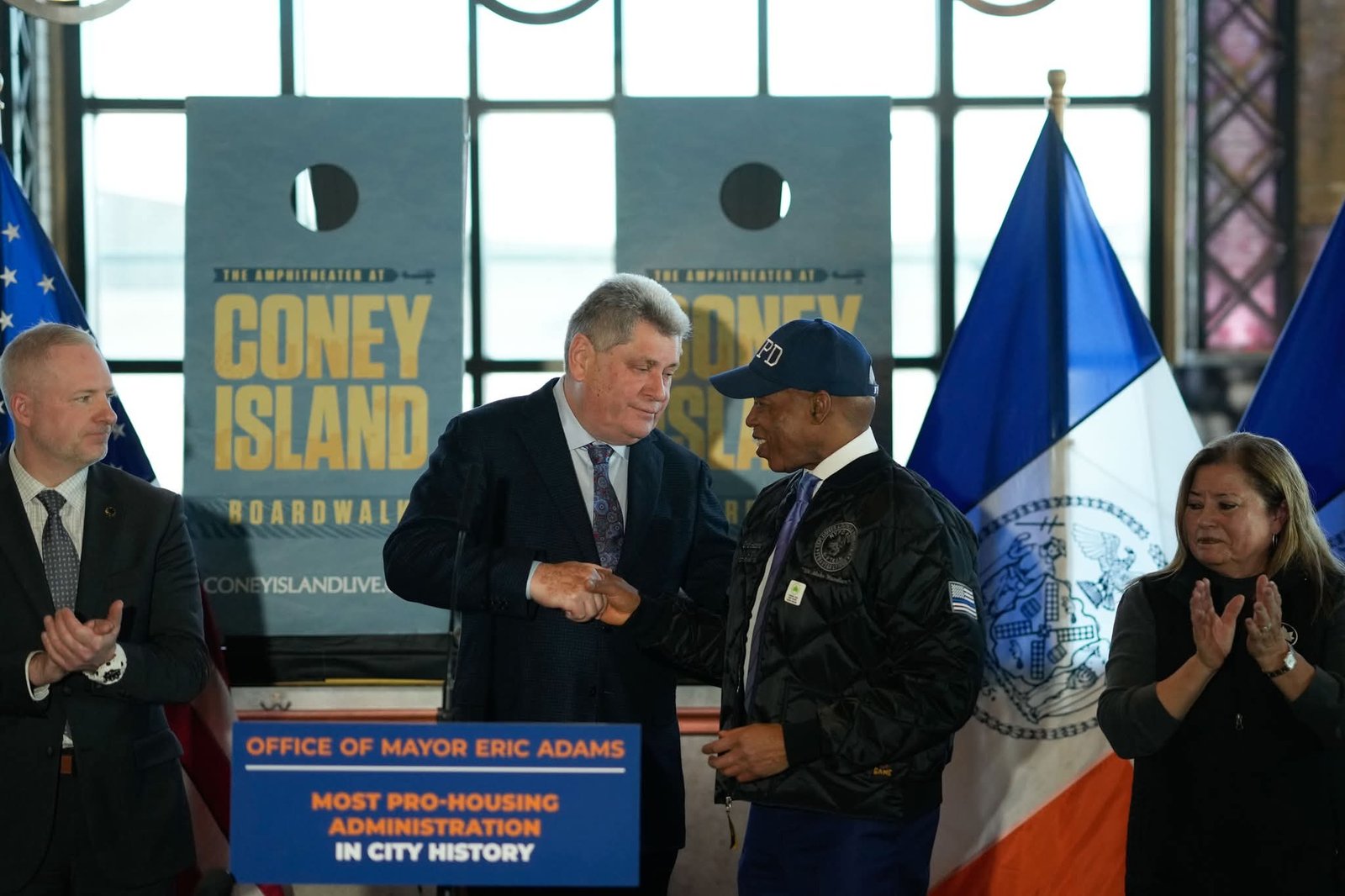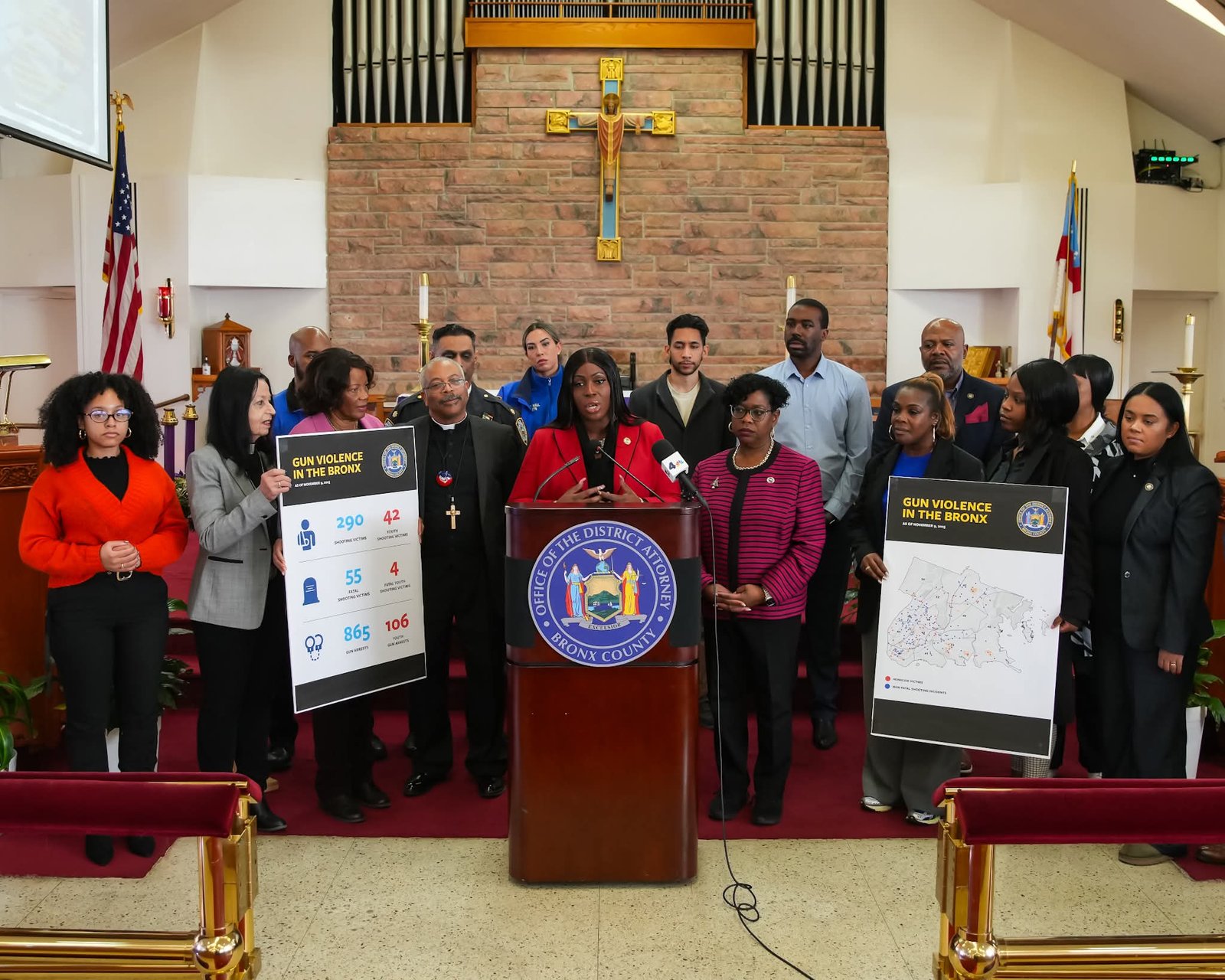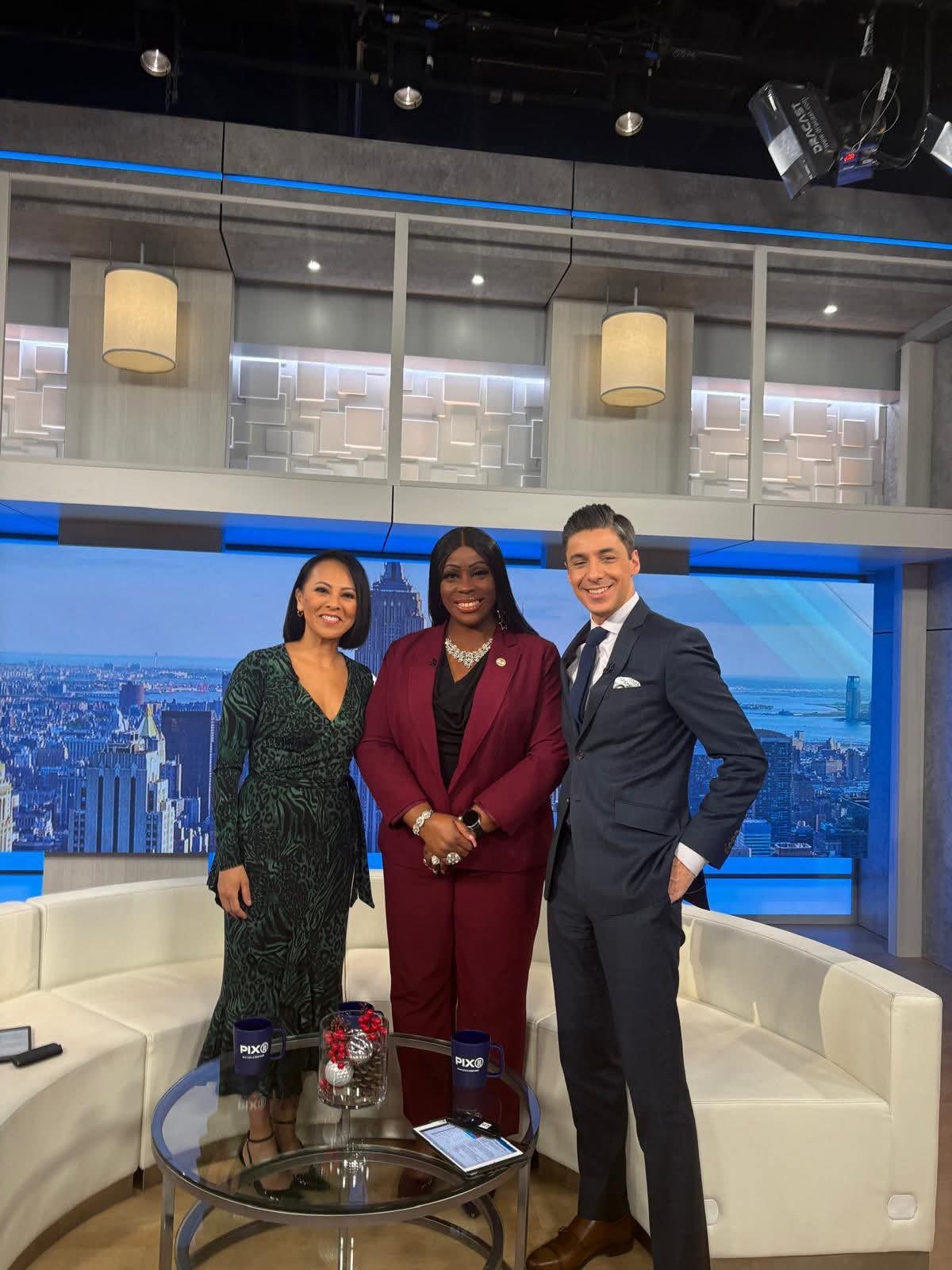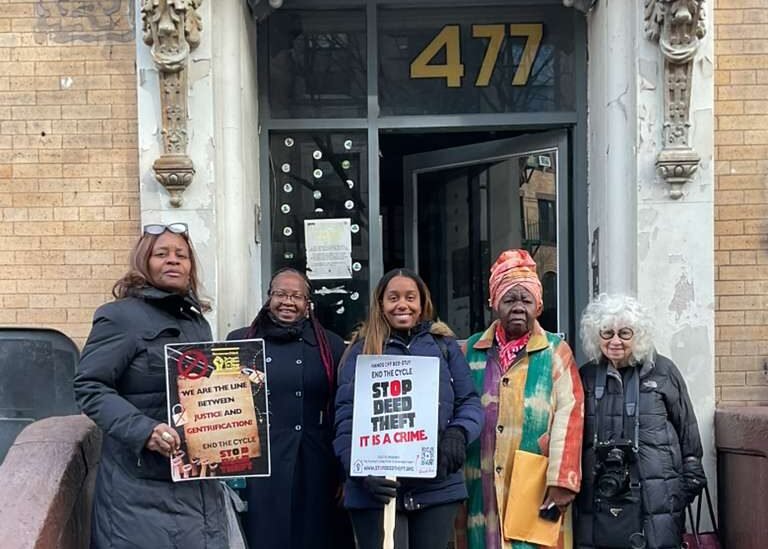
A Glimpse into History: The Bronx Zoo’s Origins and Growth
The Bronx Zoo, established in 1899, is not only a significant tourist attraction but also an integral part of New York’s urban landscape. Its creation was driven by the vision of several key figures, including zoologist William Hornaday, who advocated for a facility that would both educate the public and promote wildlife conservation. Initially opened with a modest collection of 843 animals, the Bronx Zoo has since grown to house over 6,000 specimens representing more than 700 species, making it one of the largest metropolitan zoos in the world.
The mission behind the establishment of the zoo was to provide an environment that would foster public interest in wildlife and inspire conservation efforts. From the outset, the Bronx Zoo sought to create a naturalistic environment conducive to the well-being of the animals it housed. Over the years, this commitment has fueled numerous expansions and upgrades, reflecting evolving approaches to animal care and conservation. In 1915, the Lion House was opened, a significant milestone that showcased the zoo’s dedication to providing larger and more enriched habitats for its residents.
In its pursuit of excellence, the Bronx Zoo continues to evolve, embracing modern conservation practices and enhancing educational outreach. The commitment to understanding and protecting wildlife exemplifies its ongoing role as a sanctuary for endangered species, making the Bronx Zoo a pivotal player in the global effort to safeguard our planet’s biodiversity.
Biodiversity and Conservation: The Zoo’s Role in Wildlife Protection
The Bronx Zoo serves as an essential platform for wildlife conservation, operating under a mission that intertwines education, research, and advocacy for the preservation of global biodiversity. With over 700 species under its care, the zoo provides a home to a diverse array of animals, many of which are threatened or endangered in their natural habitats. This impressive collection allows visitors to engage with wildlife while fostering a deeper appreciation for the complexities of ecosystems and the urgent need for their protection.
One of the key components of the Bronx Zoo’s commitment to conservation is its involvement in various species recovery programs. The zoo collaborates with global conservation initiatives to support efforts aimed at reestablishing populations of endangered species in their native environments. For example, programs that focus on the recovery of the California condor and the black-footed ferret showcase the zoo’s proactive role in combating the biodiversity crisis. By participating in breeding programs and habitat restoration projects, the Bronx Zoo plays a significant part in ensuring that future generations can experience these magnificent species.
Beyond its direct conservation efforts, the Bronx Zoo places importance on educational outreach to enhance public awareness of wildlife protection issues. Through lectures, interactive exhibits, and conservation-themed events, the zoo aims to inform visitors about the threats facing various species and the importance of preserving their habitats. The education department engages school groups and local communities, thereby promoting a sense of responsibility towards wildlife protection. This holistic approach—combining direct action and public awareness—is vital in addressing the challenges of preserving biodiversity in an ever-changing world.
Community Impact: The Bronx Zoo as a Cultural and Social Hub
The Bronx Zoo stands as a pivotal institution within the Bronx community, contributing significantly to local culture, education, and recreational opportunities. As one of the largest metropolitan zoos in the world, it attracts visitors not only from the immediate area but also from surrounding regions, enhancing the community’s cultural landscape. The zoo’s diverse animal exhibits and conservation efforts provide a unique educational platform for schools and families, blending entertainment with insightful learning experiences.
Partnerships with local schools amplify the Bronx Zoo’s role as an educational resource. Through tailored programs and curriculum-related activities, students are engaged in interactive learning, fostering a deeper appreciation of wildlife and environmental stewardship. Accessibility is a core commitment of the zoo, with initiatives designed to reach all members of the community, including free admission days. These efforts ensure that everyone, irrespective of economic status, can partake in the enriching experience the zoo offers.
The economic impact of the Bronx Zoo is notable, as it attracts a considerable number of tourists each year, stimulating local businesses. Hotels, restaurants, and shops benefit from the influx of visitors, creating a ripple effect that bolsters the local economy. Furthermore, the zoo collaborates with various local organizations to promote community events and cultural festivals, thus strengthening its role as a social hub. The Bronx Zoo is not merely a place to observe animals; it serves as a vibrant community center where culture, education, and economic vitality intersect.
In conclusion, the Bronx Zoo is an invaluable asset to the Bronx community, fostering cultural enrichment, educational initiatives, and economic benefits. The various programs and partnerships solidify its status as a cultural and social hub, making it an essential institution for both residents and visitors alike.
Enhancing Visitor Experience: Attractions and Events at the Bronx Zoo
The Bronx Zoo stands as a premier destination for families and tourists, providing a rich assortment of attractions that enhance the visitor experience. One of the primary draws is the expansive wildlife exhibits, where guests can observe animals in habitats that mirror their natural environments. For those interested in interactive experiences, the zoo offers animal encounters that allow visitors to engage with creatures up close, fostering a deeper connection and understanding of wildlife conservation.
Educational programs form a cornerstone of the Bronx Zoo’s mission, aiming to cultivate a sense of stewardship among visitors of all ages. These programs include guided tours, workshops, and hands-on activities that are designed to engage children and adults alike. Through these offerings, the zoo emphasizes the importance of biodiversity and the role of various species within their ecosystems. This educational focus not only enriches the visitor experience but also promotes a greater awareness of environmental issues.
Seasonal events further invigorate the Bronx Zoo calendar, with activities tailored to celebrate holidays, seasonal changes, and wildlife. During the summer, for instance, special night events offer a rare opportunity to experience the zoo after dark, often featuring live music and interactive experiences. Similarly, holiday-themed events attract visitors looking for unique family-friendly activities, showcasing the zoo’s adaptability to evolving visitor interests.
The Bronx Zoo continually assesses and adapts its attractions to meet changing visitor needs. By incorporating novel exhibits and interactive features, the zoo ensures that each visit is both fresh and engaging. This commitment to enhancement not only retains existing visitors but also attracts new ones, reinforcing the Bronx Zoo’s reputation as a cherished family destination in New York City. In conclusion, the diverse range of attractions and dynamic events play a crucial role in making the Bronx Zoo a unique and memorable experience for all who visit.


